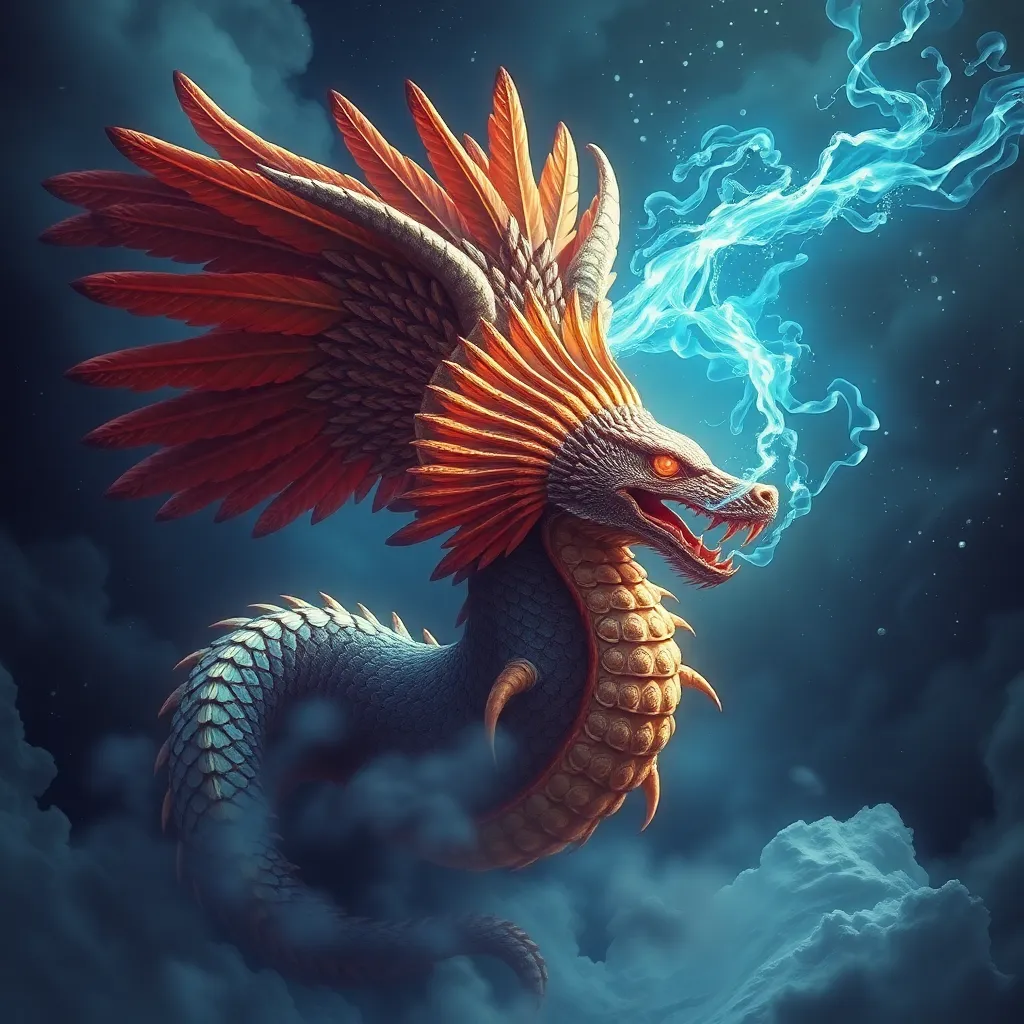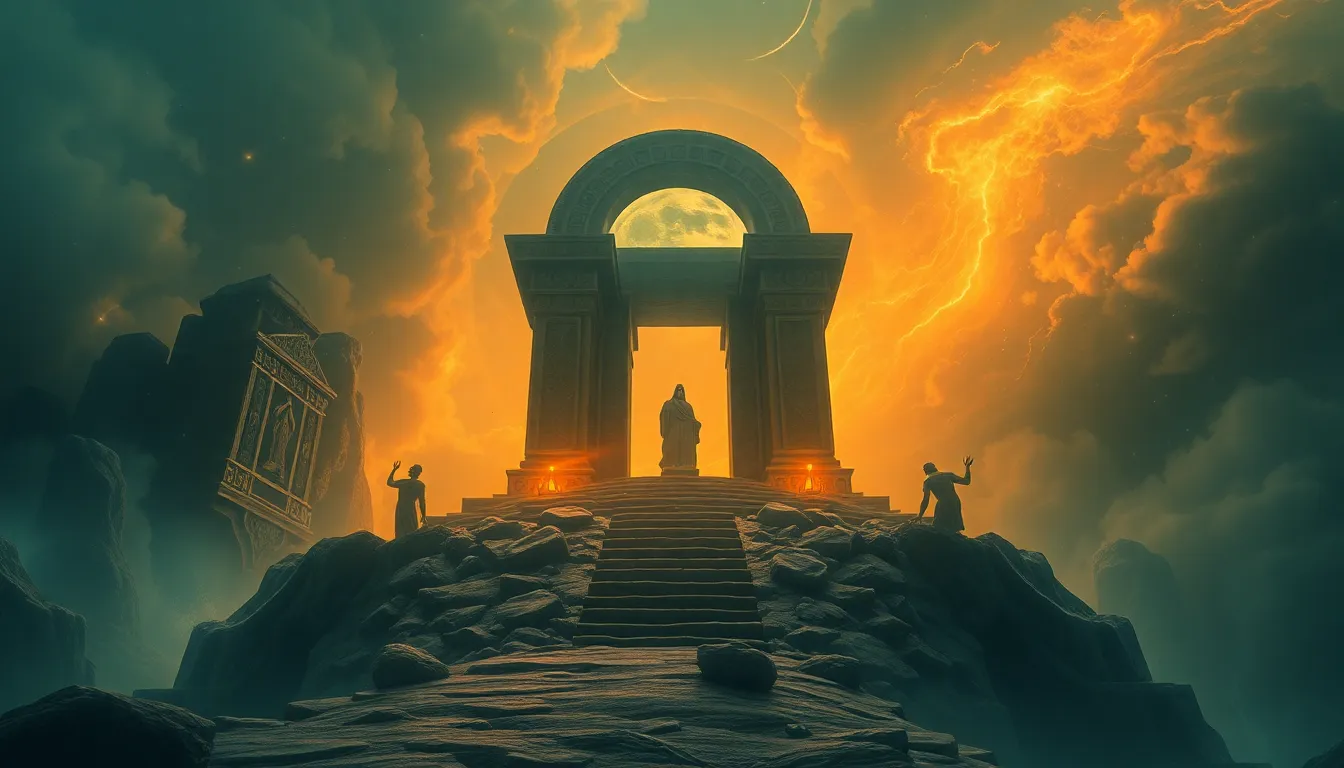The Role of Tricksters in Celtic Mythological Stories
Who are Celtic Tricksters and where do they appear?
Celtic mythological stories often feature Tricksters who are characters known for their cunning intelligence and mischief. These Tricksters can take on various forms and names, such as Lugh, Pwyll, Aengus, or Coyote, depending on the specific Celtic folklore. They appear in tales recounted across Ireland, Scotland, Wales, and other Celtic regions.
What role do Tricksters play in Celtic myths?
Tricksters in Celtic myths serve several important purposes. They are not just troublemakers but also figures of wit and wisdom. Often, they challenge societal norms, provide comic relief, and test the boundaries of what is considered conventional or moral. Tricksters also act as catalysts for change and transformation, pushing other characters to grow and learn valuable lessons.
What are some well-known Celtic Trickster tales?
One famous Celtic Trickster is the Irish god Lugh, who displays cleverness and skill in various mythological stories. Another well-known character is Pwyll, a Welsh Trickster renowned for his shapeshifting abilities and penchant for mischief. Additionally, the Scottish tales of the selkies, shape-shifting seals that are at the heart of many Celtic legends, often involve Trickster elements.
What lessons do Celtic Trickster stories teach us?
Celtic Trickster tales impart valuable lessons on the importance of adaptability, resourcefulness, and thinking outside the box. They underscore the notion that outsmarting challenges through cunning and quick thinking can lead to unexpected solutions. The Trickster’s ability to navigate complexities and bring about change also emphasizes the significance of embracing ambiguity and embracing the unknown.
FAQs About The Role of Tricksters in Celtic Mythological Stories
What are Tricksters in Celtic Mythology?
Tricksters in Celtic mythology are deities or characters known for their cunning, wit, and penchant for playing tricks or pranks on others. They often challenge societal norms and authority, bringing chaos and change while imparting valuable lessons.
Which Celtic Deities are Associated with Trickster Traits?
Celtic mythological stories feature deities like Lugh, the god of skills and craft, and Leprechauns, mischievous fairy-like beings known for their trickster nature. The Morrigan, a goddess of war and fate, also exhibits traits of a trickster in Celtic lore.
What Role Do Tricksters Play in Celtic Mythological Stories?
Tricksters in Celtic myths serve multifaceted roles. They act as catalysts for change, challenging the status quo and promoting personal growth through their unconventional methods. They blur the lines between good and evil, embodying the complexities of human nature.



